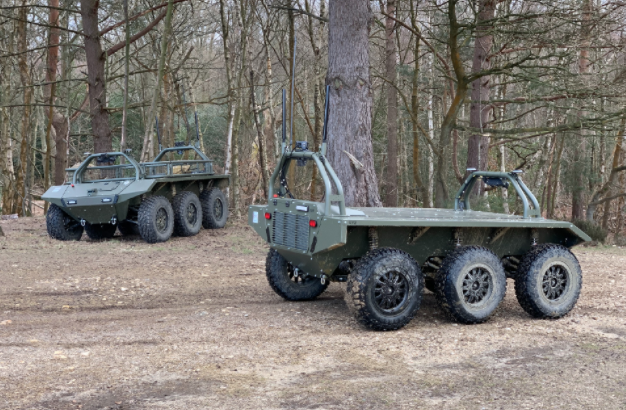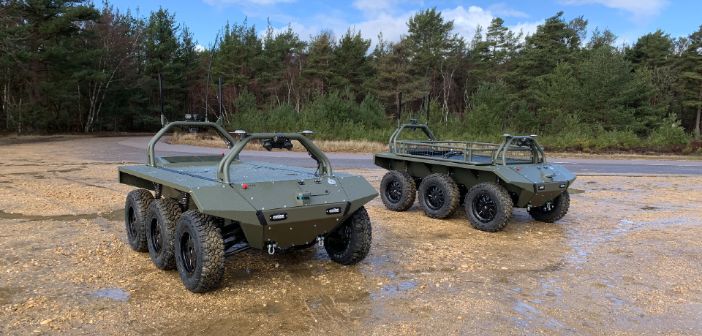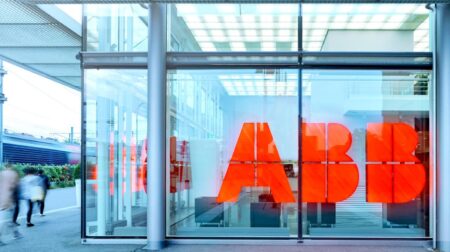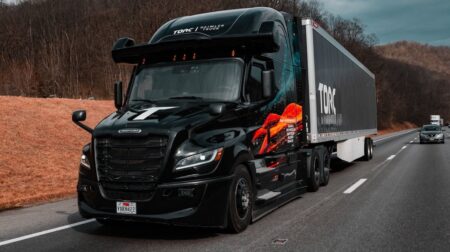The UK’s Defence Science and Technology Laboratory (DSTL) will invest £1.5m into autonomous robotic solutions to detect chemical, biological, and radiological (CBR) hazards.
For a number of years DSTL has been researching the potential of using autonomy and unmanned systems to survey areas for CBR materials. This new investment with industry will help develop a concept demonstrator to be used in wide area experimental trials.
DSTL project lead, Ian Napier, said: “There is an understandable desire to remove the need for people to enter into hazardous areas, even if they are inside a protected vehicle.
“Recent developments in autonomous ground and air vehicles offer up some exciting opportunities to develop autonomy for CBR work.
“However, before making such a step change in our approach, we need to fully understand the variety of potential CBR scenarios and the tasks that may need to be undertaken by autonomous systems.”

DSTL has contracted Horiba MIRA to adapt a VIKING 6×6 uncrewed ground vehicle (UGV) and integrate a suite of chemical and radiological sensors supplied by DSTL. Making good use of open architectures should allow the development of a CBR sensor suite on a standard ‘pallet’, which could then be mounted onto the appropriate platform as and when required.
This new contract will now also fund the development of autonomy algorithms to allow the CBR sensor outputs to help drive the behaviour of the UGV, to detect and map areas of chemical or radiological hazards. One of the VIKINGS will undergo minor modifications to allow it to carry and interface with the CBR sensor pallet.
Andy Maloney, chief engineer for defence and unmanned solutions at Horiba MIRA, said: “The project enables us to build upon our previous autonomous hazardous area survey work with small robots and leverage the capability of our much larger VIKING UGVs and their leading AI-based autonomy.
“The concept demonstrator will include new sensors and autonomous behaviours, modular autonomous control equipment, the ATLAS GNSS denied navigation system and a user interface provided by our Base Station RAS management software.
“The resulting system will enable significant sensor payloads to be carried over large areas at speed and new autonomous CBR survey concepts to be explored.”








